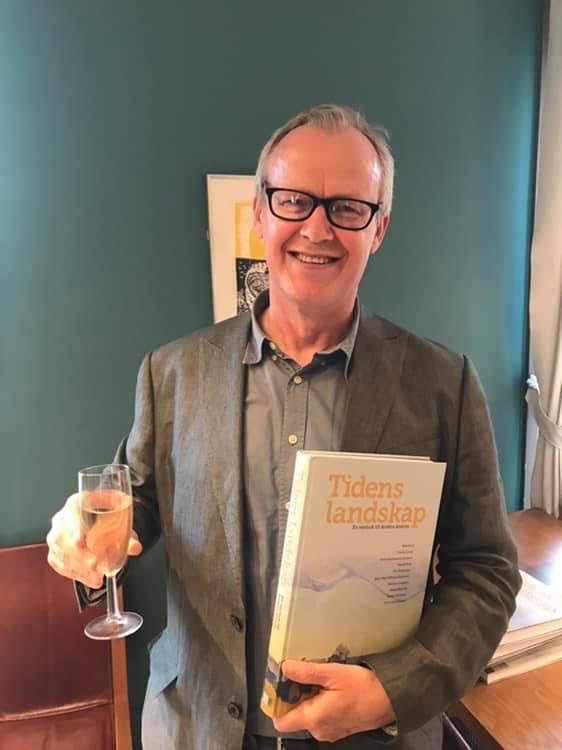We’re delighted to announce the publication of a new book on reopening of burials, edited by Edeltraud Aspöck, Alison Klevnäs and Nils Müller-Scheeßel. It starts with a comprehensive introduction to the topic and presents eleven case studies of archaeological approaches to disturbed burials in different parts of the world. The chapter by Stephanie Zintl covers recent work on reopening in early medieval Europe. It’s available to pre-order from Oxbow: https://www.oxbowbooks.com/oxbow/grave-disturbances.html
Description
Archaeologists excavating burials often find that they are not the first to disturb the remains of the dead. Graves from many periods frequently show signs that others have been digging and have moved or taken away parts of the original funerary assemblage. Displaced bones and artefacts, traces of pits, and damage to tombs or coffins can all provide clues about post-burial activities. The last two decades have seen a rapid rise in interest in the study of post-depositional practices in graves, which has now developed into a new subfield within mortuary archaeology. This follows a long tradition of neglect, with disturbed graves previously regarded as interesting only to the degree they revealed evidence of the original funerary deposit. This book explores past human interactions with mortuary deposits, delving into the different ways graves and human remains were approached by people in the past and the reasons that led to such encounters. The primary focus of the volume is on cases of unexpected interference with individual graves soon after burial: re-encounters with human remains not anticipated by those who performed the funerary rites and constructed the tombs. However, a first step is always to distinguish these from natural and accidental processes, and methodological approaches are a major theme of discussion. Interactions with the remains of the dead are explored in eleven chapters ranging from the New Kingdom of Egypt to Viking Age Norway and from Bronze Age Slovakia to the ancient Maya. Each discusses cases of re-entries into graves, including desecration, tomb re-use, destruction of grave contents, as well as the removal of artefacts and human remains for reasons from material gain to commemoration, symbolic appropriation, ancestral rites, political chicanery, and retrieval of relics. The introduction presents many of the methodological issues which recur throughout the contributions, as this is a developing area with new approaches being applied to analyze post-depositional processes in graves.
Table of Contents
1. The archaeology of post-depositional interactions with the dead. An introduction – Edeltraud Aspöck, Alison Klevnäs and Nils Müller-Scheeßel
2. Unruly bones and efficacious stones. Materialities of death in Early Christian post-burial interactions in central eastern Sweden – Fredrik Fahlander
3. Grave disturbance in early medieval Poland – Leszek Gardeła
4. Disturbed relatives. Post-burial practices among the Nomadic Khazars of the Lower Volga (7th-8th centuries CE) – Irina Shingiray
5. Things we knew about grave robbery: reassessing ideas on how and why graves were reopened in the Merovingian period – Stephanie Zintl
6. Disturbance of early medieval graves in southwestern Gaul. Taphonomy, burial reopening and the reuse of graves – Yves Gleize
7. What happened at Langeid? Understanding reopened graves after time has taken its toll – Cecilia Wenn
8. Iron Age ancestral bonds. Consecutive burials and manipulated graves in the Dürrnberg cemeteries (Austria) – Holger Wendling
9. Disturbing the dead. Reopening of stone cists in the Macedonian Gevgelija and Valandovo plains – Daniela Heilmann
10. In search of the modus operandi. Reopenings of Early Bronze Age burials at Fidvár near Vráble, southwest Slovakia –
Nils Müller-Scheeßel, Jozef Bátora, Julia Gresky, Samantha Reiter, Kerstin Stucky and Knut Rassmann
11. Disturbance of graves among the ancient Maya – Estella Weiss-Krejci
12. ‘It was found that the thieves had violated them all’. Grave disturbance in Late New Kingdom Thebes – David A. Aston


